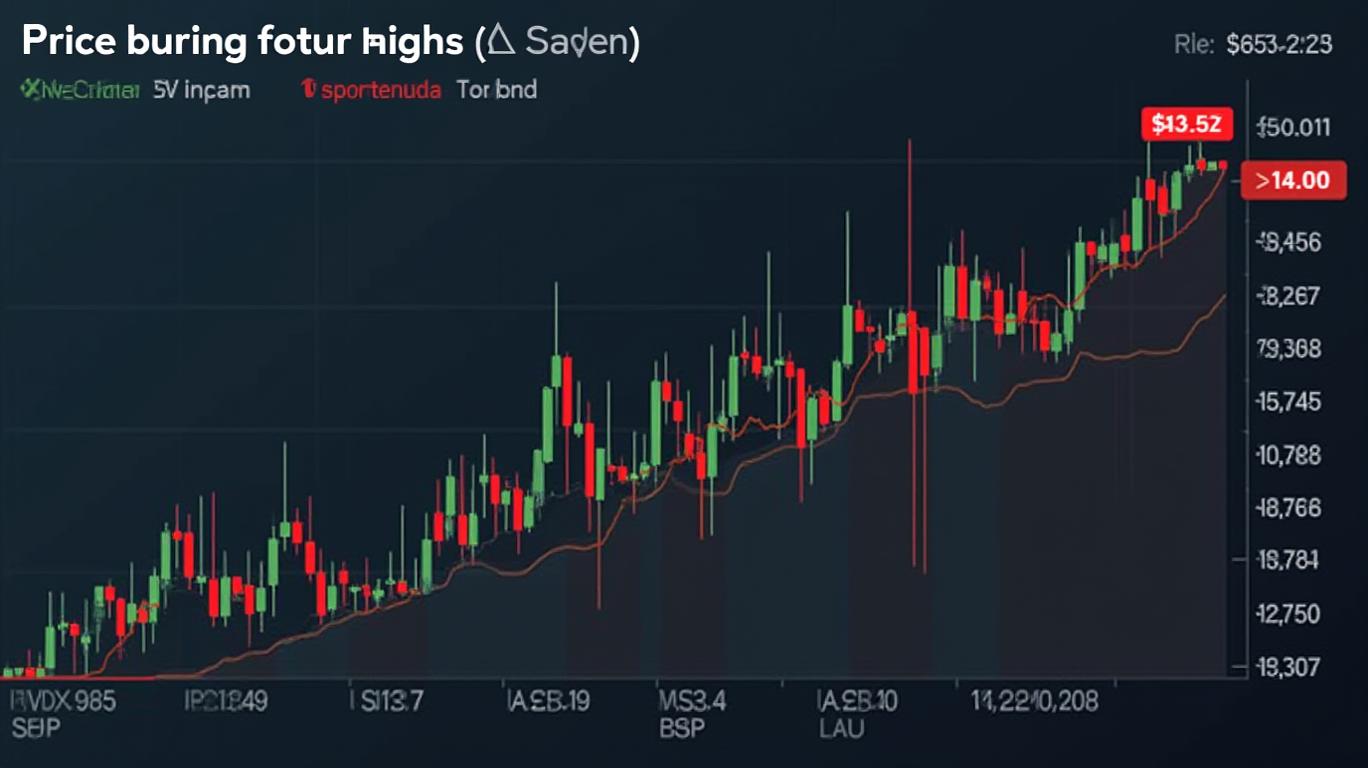CME Live Cattle Futures: Seizing Volatility Opportunities in a Technical Recovery
The Live Cattle market is at a pivotal juncture. Despite headwinds from inflation and trade dynamics, futures prices have staged a robust technical rebound, reaching an all-time high of 195.01 USD/lbs in June 2024. Yet, the

The Declining Implied Volatility: A Bullish Signal
The Live Cattle CVOL Index, which tracks 30-day implied volatility derived from futures options, has been steadily declining, reflecting reduced market uncertainty. This divergence between rising prices and falling volatility is critical: it suggests traders are pricing in stability, even as fundamentals strengthen.
Declining CVOL aligns with mean reversion patterns in cattle markets. Historically, volatility tends to contract as prices near peaks, only to expand again during corrections. Today’s low volatility environment—amid record highs—creates a "buy the dip" scenario. Furthermore, the CVOL’s Skew metric (which measures the difference between downside and upside volatility expectations) has narrowed, indicating diminished fear of a sharp price drop. This is a bullish sign for long positions.
Fundamental Strength Anchors the Rally
The technical rebound isn’t a fluke. Strong meat demand and constrained supply underpin the rally:
1. Supply Tightness: U.S. cattle inventories remain near multi-decade lows due to droughts and rising feed costs.
2. Demand Surge: Restaurants and supermarkets are restocking after pandemic-era cuts, while global beef exports to Asia hit record levels in 2024.
3. Input Cost Dynamics: While inflation pressures persist, feed grain prices have stabilized, easing cost burdens on ranchers.
These factors are codified in price action. The 10.57% year-to-date gain (as of June 2024) reflects a market that’s pricing in sustained scarcity. Even the projected 187.17 USD/lbs price by quarter-end—slightly below the June peak—is a conservative estimate, given grilling season’s impact.
Seasonal Demand and Historical Precedent
The grilling season, which peaks in June to August, is a time-tested catalyst for cattle prices. Historical data reveals a consistent pattern: prices typically rise by 8–12% during summer months as consumer demand for beef spikes.
This seasonality, combined with today’s low volatility, creates a rare alignment. Traders can enter long positions in nearby futures contracts (e.g., CME Live Cattle futures expiring in August 2024) with confidence, knowing that the market’s implied volatility discount leaves room for upward surprises.
Hedging with Options: Capturing Upside, Managing Risk
To mitigate downside risk without sacrificing gains, consider bull call spreads or protective puts. The Vol2Vol Expected Range tool shows that the current volatility structure implies a narrow trading band, making out-of-the-money puts affordable. For instance, purchasing puts at 180 USD/lbs could safeguard against a sharp correction while allowing profits to accrue if prices hit the 194.45 USD/lbs 12-month forecast.
Conclusion: Act Now Before the Grilling Season Surge
The Live Cattle market is primed for a volatility-driven rally. Falling CVOL levels, robust fundamentals, and seasonal demand create a trifecta of opportunities. Investors who deploy capital now—via long futures positions paired with options hedging—can capture gains as prices stabilize and the grilling season ignites demand.
The window to act is narrowing. With CME DATAMINE data confirming the volatility trend and COT reports showing institutional bullishness, there’s never been a clearer signal to go long. Don’t miss this chance to profit from a market where reduced uncertainty is a tailwind, not a headwind.
Invest now—before the herd moves.

Comments
No comments yet